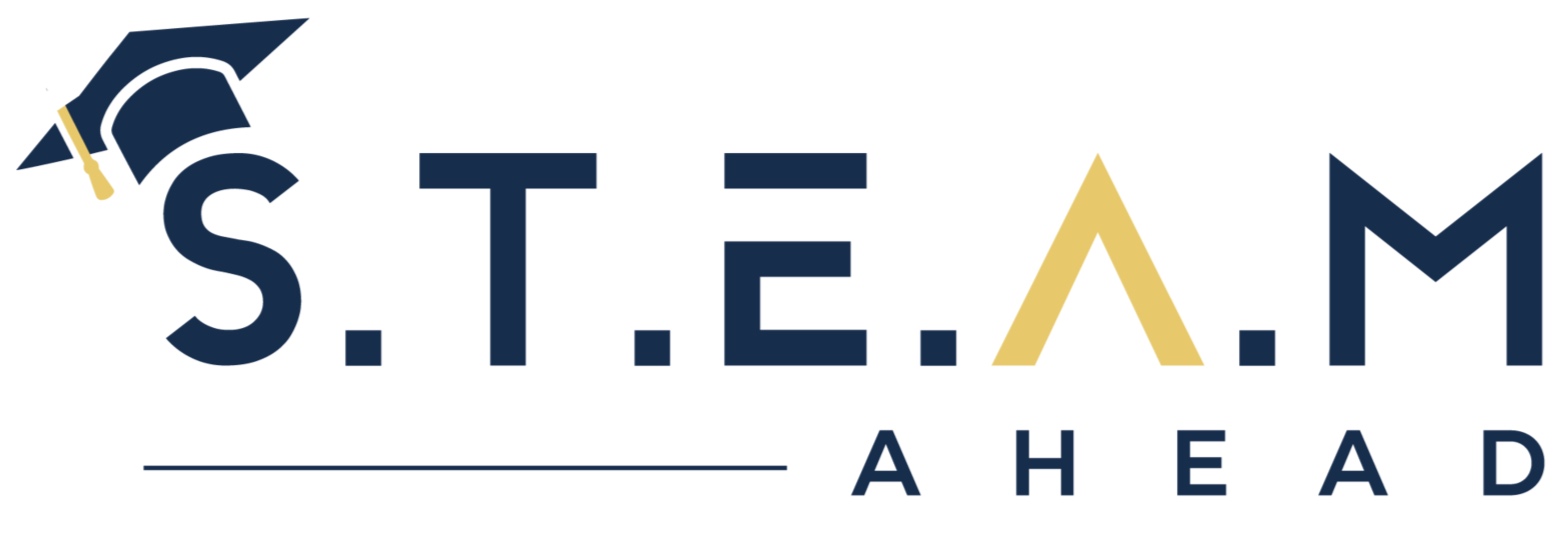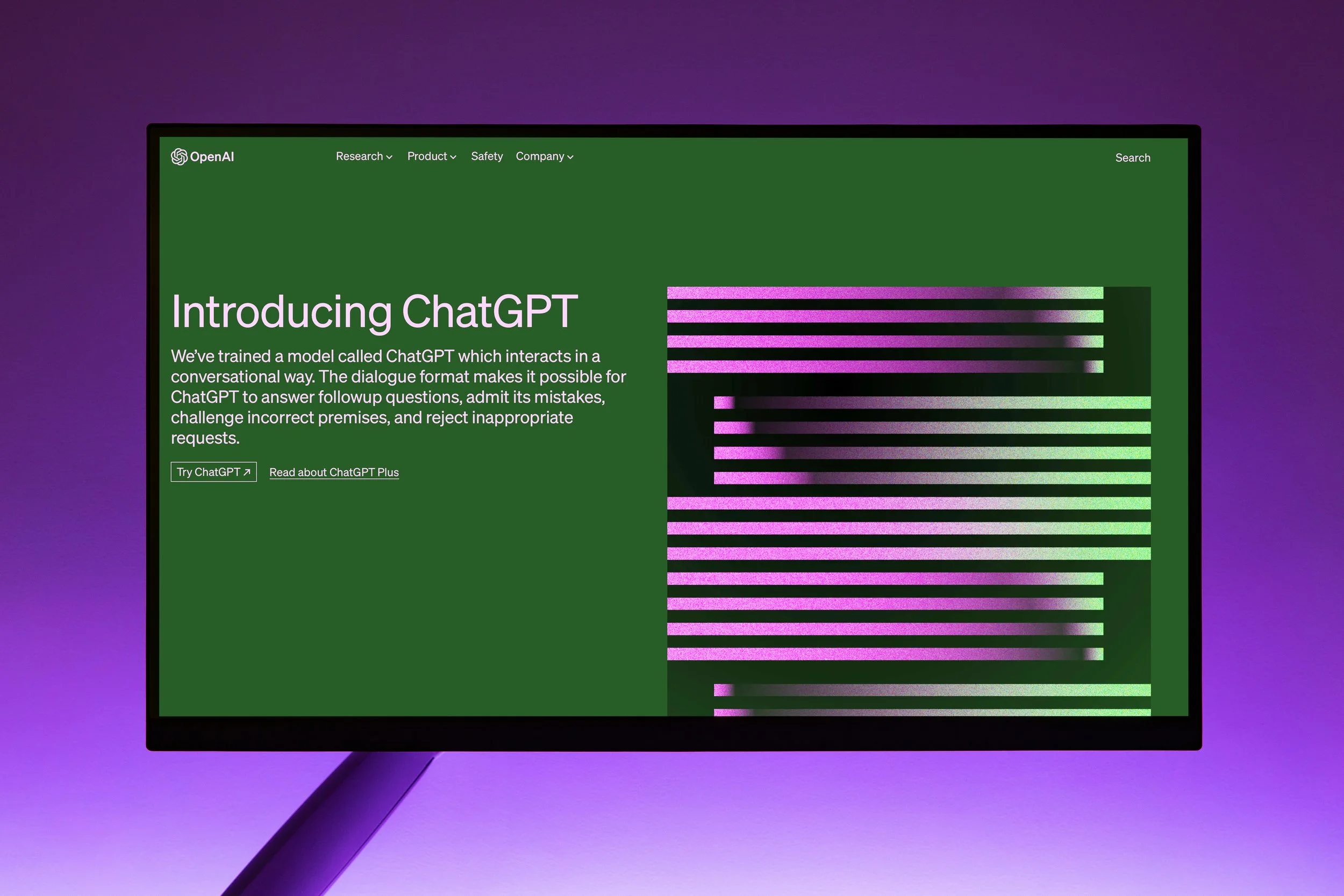ChatGPT: Transforming Education Through Intelligent Conversations
The emergence of ChatGPT has stirred up some controversy since its launch in November 2022. The AI-powered assistant can naturally converse with people and provide answers to their queries, a concept that was once considered futuristic. While some people express concern about the rapid growth of technology, others view it as a potential tool to revolutionize education and STEM learning.
Lets explore the various applications of ChatGPT in education, its potential challenges and limitations, as well as best practices for incorporating it into academic settings.
What is ChatGPT?
Photo by Andrew Neel
ChatGPT is a language model developed by OpenAI that excels at engaging conversations. It’s like having a friendly and constructive chat buddy!
The inner workings of ChatGPT are powered by an advanced technology called GPT-3, short for “Generative Pre-trained Transformer 3.” This model has trained on an immense amount of text data from the internet, allowing it to grasp and generate human-like responses. When you interact with ChatGPT, it carefully processes your input, considers the context, and provides responses.
ChatGPT Application in Education
In response to instances of academic dishonesty, certain educational institutions have opted to prohibit the use of ChatGPT. However, some educators argue that this approach is counterproductive.
As per Richard Culatte, CEO of the International Society for Technology in Education (ISTE), educators should contemplate how to equip students with the skills they need as they prepare for the future. With artificial intelligence (AI) poised to become a fixture in schools, it would be wise to introduce them to it early on.
Photo Source: Quizlet
Advanced chatbots are great classroom aids. Companies like Duolingo and Quizlet integrate the power of AI to provide additional support, personalized learning experiences, and access to resources. For example, Quizlet features a Q-chat that utilizes a Socratic method to challenge the student to think critically. Additionally, it provides an enjoyable learning experience that can be accessed anytime and anywhere.
ChatGPT is also a versatile tool that can provide students with valuable practice in honing their argumentative skills. By generating counterarguments and acting as a debate opponent to a student’s position, ChatGPT forces them to consider multiple perspectives and anticipate potential challenges to their ideas.
Another reason why it works in the classroom is that it can provide a supportive and inclusive learning environment for individuals with learning disabilities. ChatGPT can adapt its responses to suit their specific needs, providing explanations and examples in alternative formats that are more accessible and understandable. It can also offer repetitive and patient interactions, allowing students to learn at their own pace.
Limitations of Chat GPT in Education
While ChatGPT offers various benefits in education, it also comes with limitations. First, there might be potential biases and inaccuracies in responses since it has learned from vast amounts of text data.
Photo by Fernando Arcos
Second is the privacy and security concern as the AI model collects and processes user data. Educators must ensure proper data protection measures are in place to safeguard student privacy.
Lastly, ChatGPT’s inability to truly comprehend and deeply understand concepts can limit its effectiveness in complex subjects.
Addressing these challenges and limitations requires careful implementation and a comprehensive understanding of the strengths and weaknesses of the tool in the educational context.
Best Practices for Integrating ChatGPT in Education
Here are some best practices for integrating ChatGPT in an educational setting:
Clearly define learning objectives or goals that you want to achieve through the use of this tool.
Educate students on how to effectively interact with ChatGPT.
Encourage students to ask probing questions, challenge the responses, and evaluate the information provided by the model.
Monitor and evaluate students' interactions to identify any potential issues or areas of improvement.
Promote responsible use by teaching students ethical considerations (such as avoiding plagiarism, respecting privacy, etc.)
Maintain a balance with human interaction.
Remember, integrating ChatGPT in education should be done thoroughly and in a way that enhances the learning experience.



